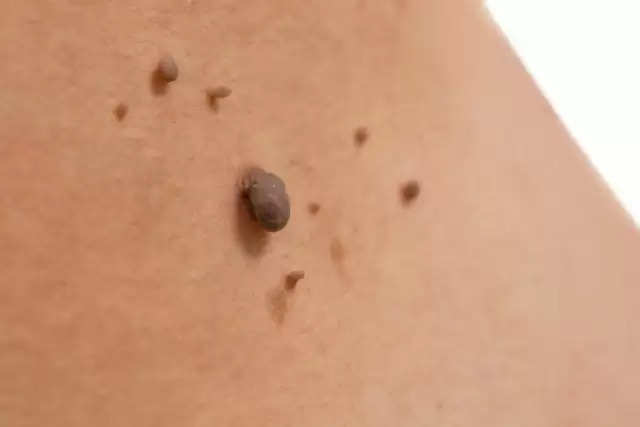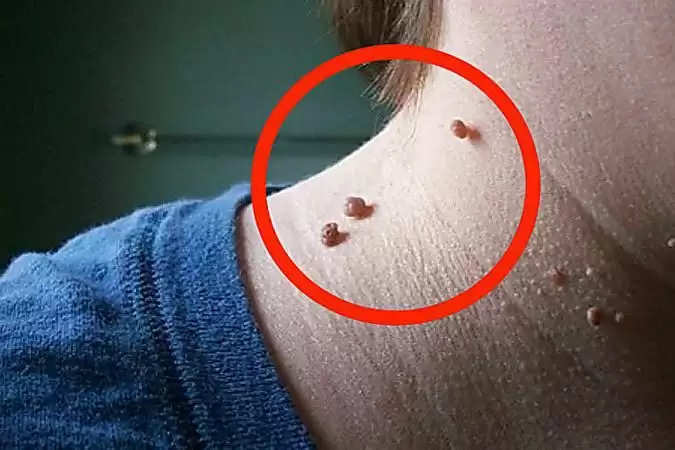Uncovering Lipoma: What You Need to Know About the Benign Lumps Under Your Skin
These growths are often harmless, non-cancerous and relatively easy to remove, but it's important to understand potential health problems so you can treat them as soon as possible. Learn more about lipomas, how they're diagnosed and treated, and why it's important to seek medical advice if you find one on your body.

These growths are often harmless, non-cancerous and relatively easy to remove, but it's important to understand potential health problems so you can treat them as soon as possible. Learn more about lipomas, how they're diagnosed and treated, and why it's important to seek medical advice if you find one on your body.

What is a lipoma?
Many people develop lipomas, or fatty lumps, on their skin. There are many reasons why these lumps appear, but usually, they are non-cancerous and easy to remove with natural remedies or laser surgery. These days, a wide range of anti-lipoma treatments are also available that help get rid of them quickly and naturally.
reasons
The cause of lipomas is mostly unknown. There are many theories, but none have been proven. This includes:
- Genes: Some people are more likely to develop lipomas because they inherit genes that make them susceptible to them.
- Hormones: Hormones may play a role in the development of certain types of lipomas, especially those that occur during puberty or after pregnancy.
- Obesity: Obesity can increase your risk of developing certain types of lipomas. However, it is important to note that most obese people do not have lipomas and most people with lipomas are not obese.
- In rare cases, trauma can cause a small fatty tumor called an acrolipoma. This is more common in children than in adults.
- Infections: Certain viruses, such as mumps or hepatitis C, can cause some types of lipomas. In rare cases, fatty tumors can develop on their own for no apparent reason.
- Signs and symptoms of this condition:

A lipoma usually feels soft to the touch.
- They can range in size from a few millimeters to more than an inch and are usually located under the loose skin on your back, arms, chest, or shoulders.
- It's usually painless when it moves easily under your skin, although it can sometimes be tender or painful if you press on it.
- Lipomas are most common in people between the ages of 30 and 50, but they can occur at any age.
- They are also more common in men than women.
- Steps that can be taken to control this condition-
1. Identify what type of lump you have:
If you are experiencing a lump under your skin, it is important to know what type of lump it is. Different types of lumps require different treatments, and identifying your lump as early as possible can help you begin a treatment plan that will be most effective for your condition.
In many cases, if you don't recognize and treat a lump in its early stages, it can become more serious and more difficult to treat later down the road. For example, a lipoma can grow large enough to cause pain or discomfort and can become infected if left untreated for a long time.
By taking immediate action when you first notice a lump under your skin, you can take steps to prevent it from getting any bigger than necessary.
2. Talk to your doctor about getting tested:
Once you've identified what type of lump you're dealing with, it's time to talk to your doctor about how to best manage your particular condition. Your doctor will want to do some tests and exams before prescribing a treatment regimen for your particular type of lump.
For example, if you are diagnosed with a lipoma, your doctor may recommend that you undergo surgery to remove it from your body. Depending on where your lipoma is located on your body, surgical removal may be more or less complicated than other types of lumps.
3. Take steps to keep your body in good health:
In many cases, managing a lump under your skin involves taking steps to improve your overall health and well-being. For example, if you have been diagnosed with a lipoma and need surgery to remove it from your body, then maintaining an active lifestyle and eating a balanced diet can help you recover faster after surgery.
When you are healthy, your body is better able to fight infections and heal itself naturally. If you are dealing with any type of lump under your skin that is causing you pain or discomfort, it is important to take steps to manage the condition immediately.

By following these three basic steps when dealing with lumps under your skin, you can ensure that any lumps on your body are managed quickly and effectively so they don't become more serious later down the road.
